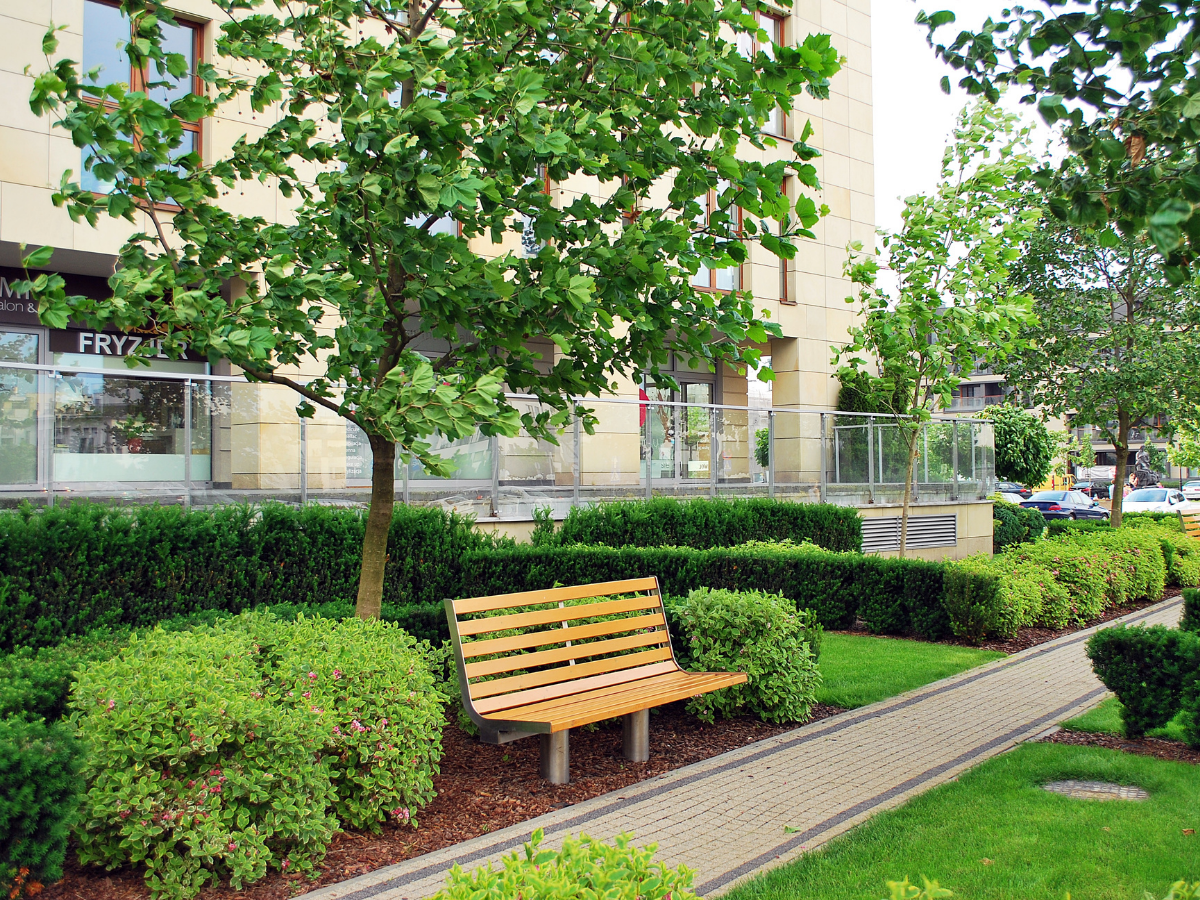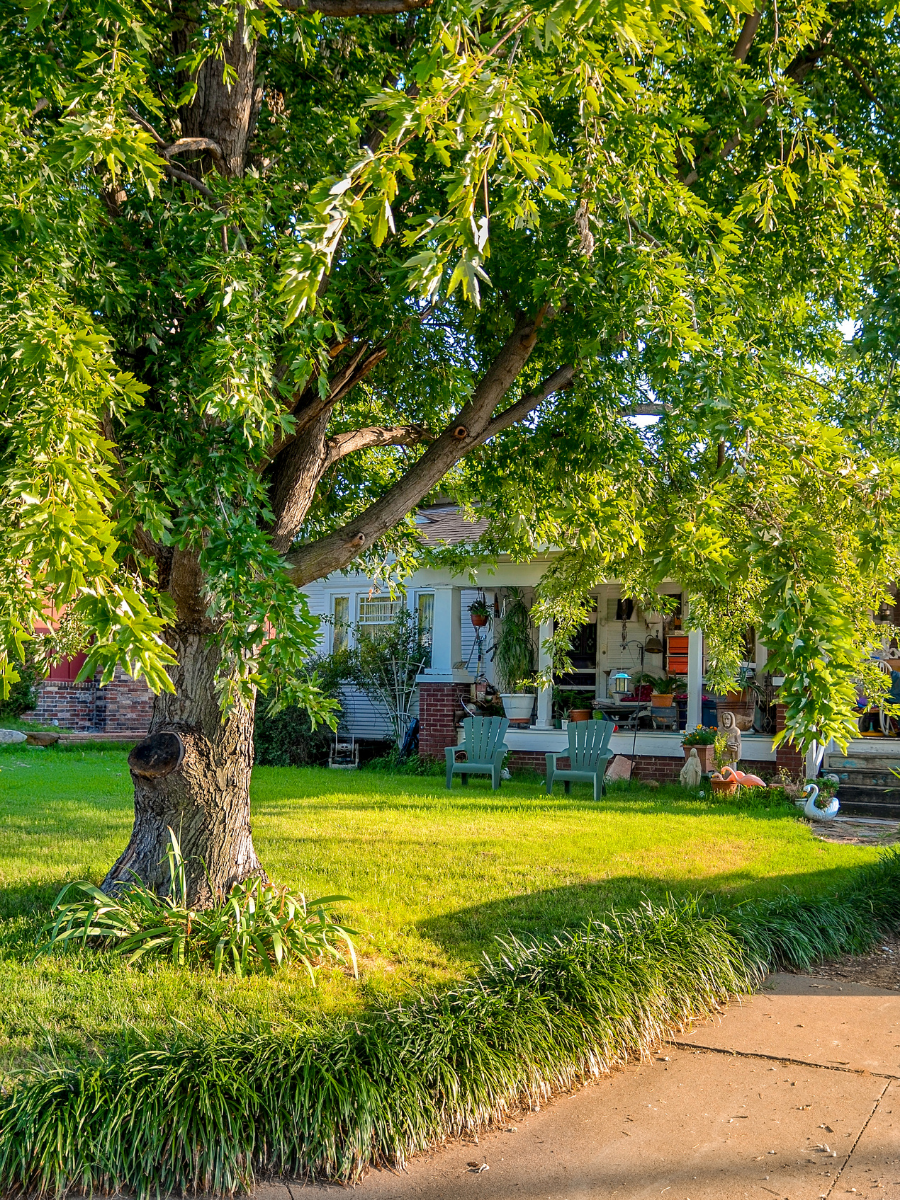Trees Beat the Summer Heat
Every year, Florida sees its highest temperatures in the summer, especially later on in months like August. In St. Petersburg - known as the “Sunshine City” for holding the Guinness World Record for the most consecutive days of sunshine - the long, sunny days bring both benefits and challenges. While sunny days are great for the environment and mental well-being, it’s important to combat summer heat to help prevent sunburns, heat exhaustion, and more. Trees and canopy cover can actually help with reducing heat and costs of cooling in the summer months.
Trees In Urban Areas
Trees have many benefits other than just cleaner air; they can actually help reduce temperatures and heat islands. Heat islands are areas of hotter temperatures due to pavements, buildings, and other heat-absorbing materials that are typically found in cities. Trees lower temperatures through providing shade, evapotranspiring, and cutting cooling costs.
Shade & Heat Absorption
Studies have found that trees can reduce temperatures up to 25 degrees in the shade, and reduce the surrounding area by six degrees. Even smaller plants like shrubs, bushes, and other greenery can absorb heat radiation that is close to the ground.
Evapotranspiration
One of the ways that trees can reduce heat, especially in urban areas is through a process called evapotranspiration. This is where plants absorb water from their root systems and evaporate it through their leaves. This process reduces temperatures because vegetation uses heat in the air to evaporate the absorbed water. As a result, urban forests are actually three degrees cooler on average than urban areas that lack greenery.
Cutting Costs
Tree coverage can actually reduce costs of air conditioning in communities and homes. Shading just 17% of your home can reduce cooling costs by $10 a month. Even trees as young as five years can reduce energy costs by 3%, which only increases as the tree matures. In cities, vegetation can reduce millions of dollars through aiding stormwater management, air quality management, and temperature/energy control. Some communities also receive tax breaks for green roofs implementation.
Trees and tree coverage do a lot for our environment, and these are just a few benefits to planting vegetation in our communities. Donate to Take MAR to help us continue our important work of planting trees in Tampa Bay to shade our streets, cool our cities, and create a greener community.
References:
EPA. (2025, May 17). Benefits of Trees and Vegetation. Retrieved from https://www.epa.gov/heatislands/benefits-trees-and-vegetation
EPA. (2025, April 22). Reduce Heat Islands. Retrieved from https://www.epa.gov/green-infrastructure/reduce-heat-islands
Nashville Tree Conservation Corps. (2021, June 16). Can Large Canopy Trees Lower Summer Cooling Costs? Retrieved from https://www.nashvilletreeconservationcorps.org/treenews/how-much-can-a-large-canopy-tree-reduce-summer-cooling-costs
St. Petersburg. (n.d.). About St. Pete. Retrieved from https://www.stpete.org/visitors/about_st_pete.php#:~:text=Trivia,1967%20and%20lasted%20768%20days.
U.S. Department of Energy. (n.d.) Landscaping for shade. Retrieved from https://www.energy.gov/energysaver/landscaping-shade?nrg_redirect=306813


